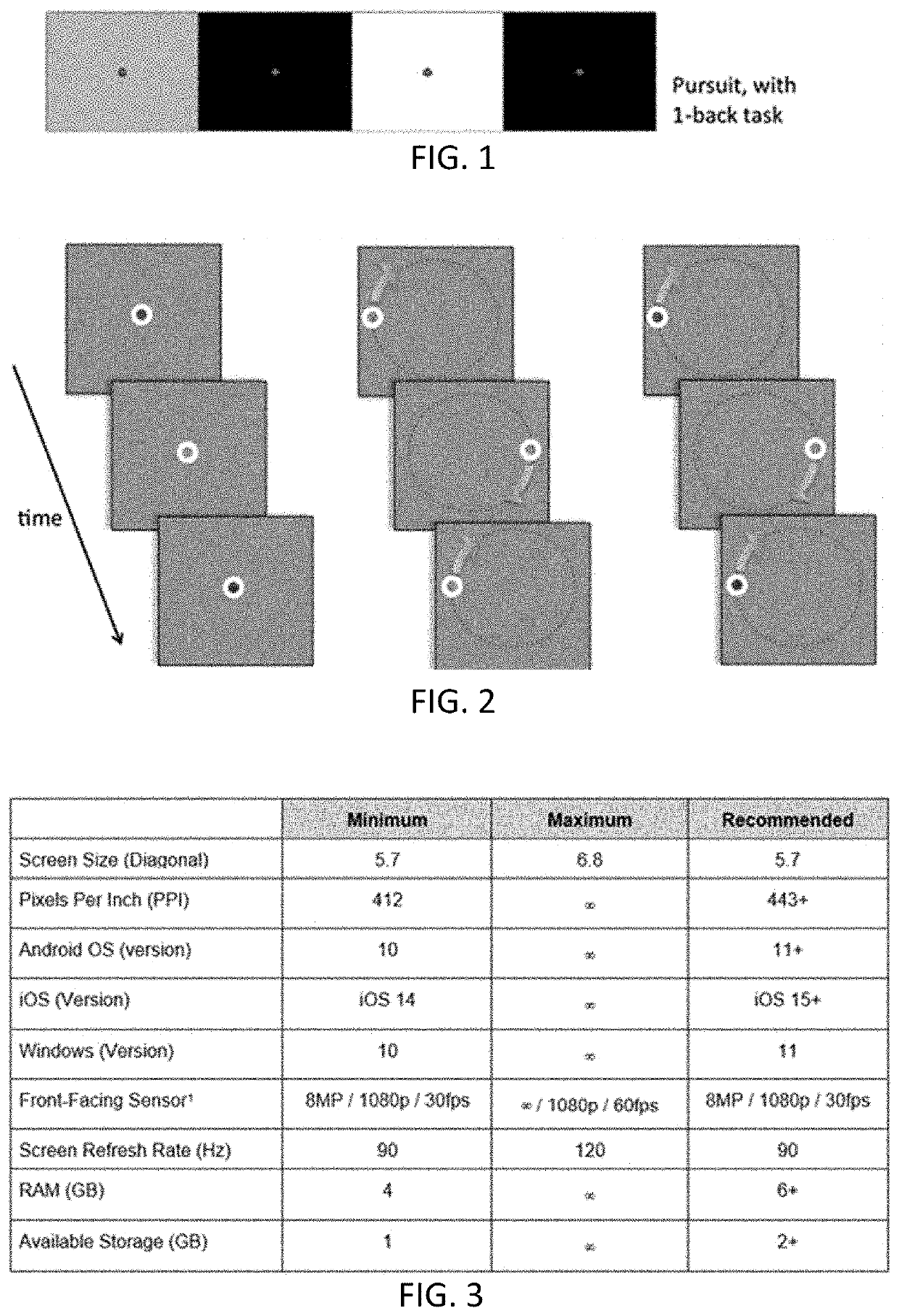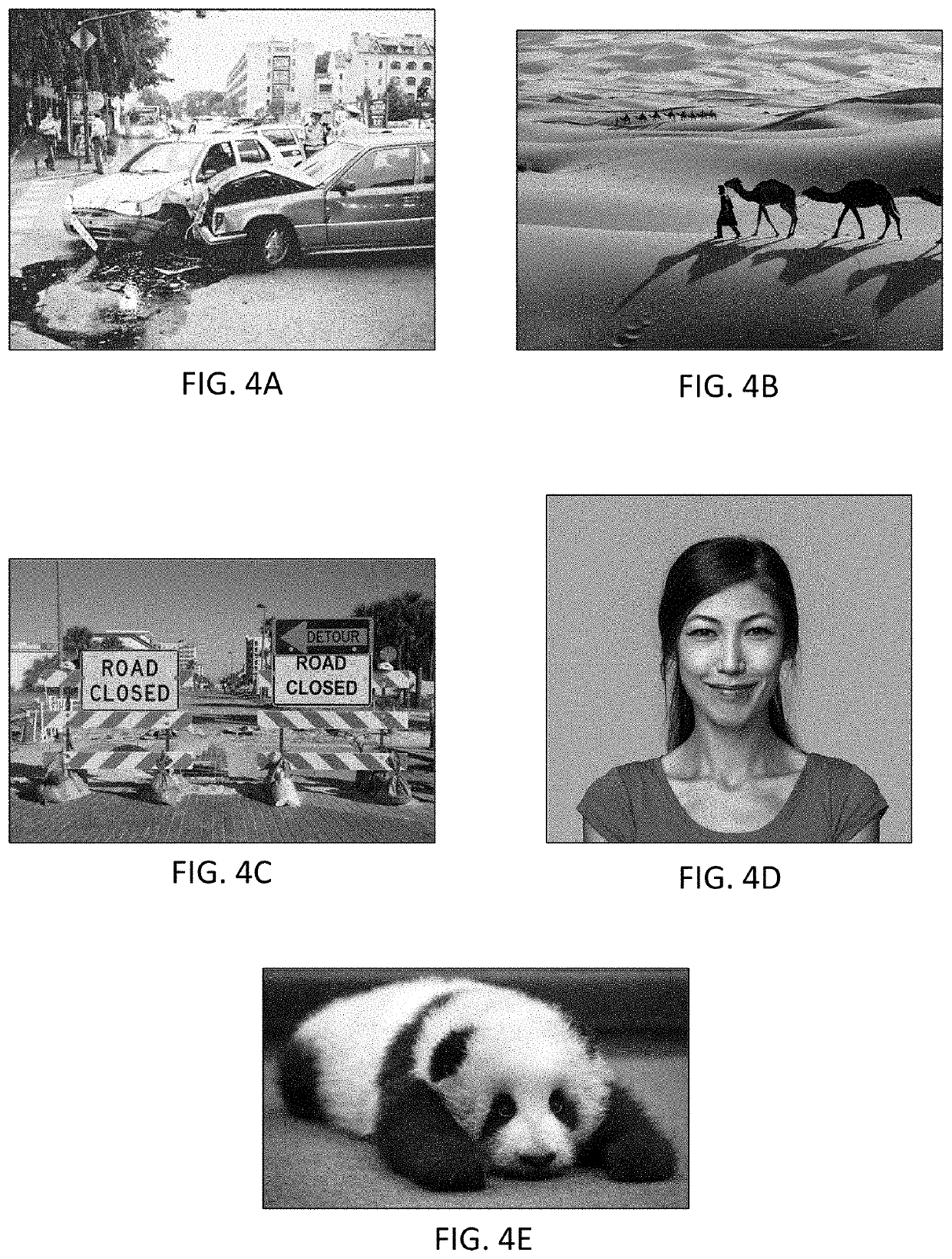Ocular system for diagnosing and monitoring mental health
a mental health and ocular system technology, applied in the field of ocular systems for monitoring mental health, can solve the problems of limiting the early identification and management of individuals at risk for ptsd, lack of scalable real-time operator-independent tools, and time-consuming and labor-intensive problems
- Summary
- Abstract
- Description
- Claims
- Application Information
AI Technical Summary
Benefits of technology
Problems solved by technology
Method used
Image
Examples
Embodiment Construction
[0029]Ocular System for Monitoring Mental Health
[0030]Overview: Senseye Mental Health Monitoring (SMHM) operates at the intersection of mental health therapies and technology. It provides a new, objective, method of quantifying mental health states and the impacts of therapeutic techniques. The system uses non-invasive ocular measures, to measure the Sympathetic and Parasympathetic Nervous systems to identify and track occurrences of mental health disorders manifesting themselves in disruptions of the sympathetic nervous system (such as Anxiety, Depression and PTSD). SMHM algorithms monitor and classify these mental states on an individual basis. SMHM algorithms are not only able to identify mental health disorders, but are also able to track mental health status over time. SHMH can aid in adapting therapeutic interventions, from talk therapy to microdosing, to an individual's unique mental state. This level of adaptive therapy and monitoring provides accelerated treatment while ens...
PUM
 Login to View More
Login to View More Abstract
Description
Claims
Application Information
 Login to View More
Login to View More - R&D
- Intellectual Property
- Life Sciences
- Materials
- Tech Scout
- Unparalleled Data Quality
- Higher Quality Content
- 60% Fewer Hallucinations
Browse by: Latest US Patents, China's latest patents, Technical Efficacy Thesaurus, Application Domain, Technology Topic, Popular Technical Reports.
© 2025 PatSnap. All rights reserved.Legal|Privacy policy|Modern Slavery Act Transparency Statement|Sitemap|About US| Contact US: help@patsnap.com


